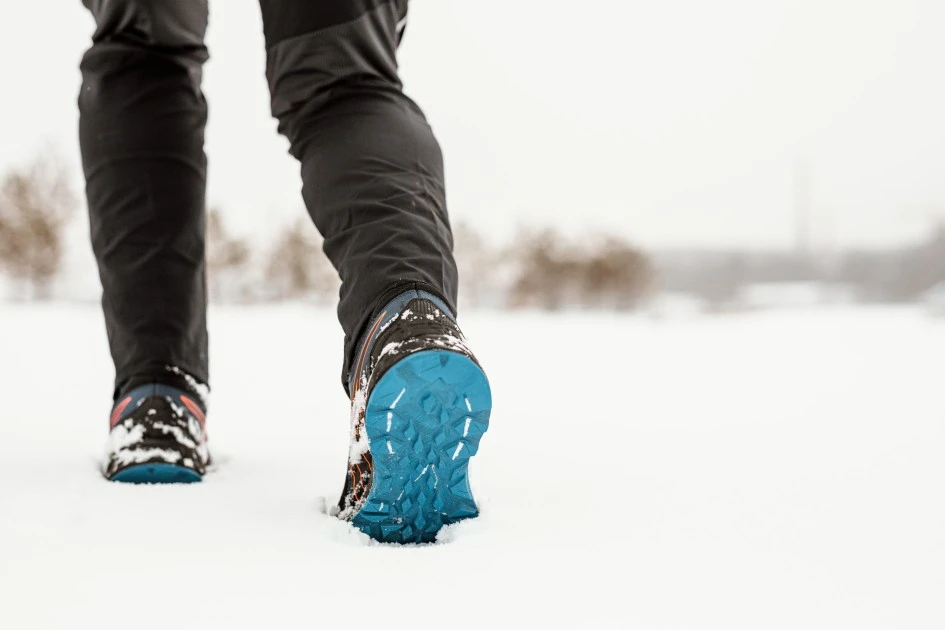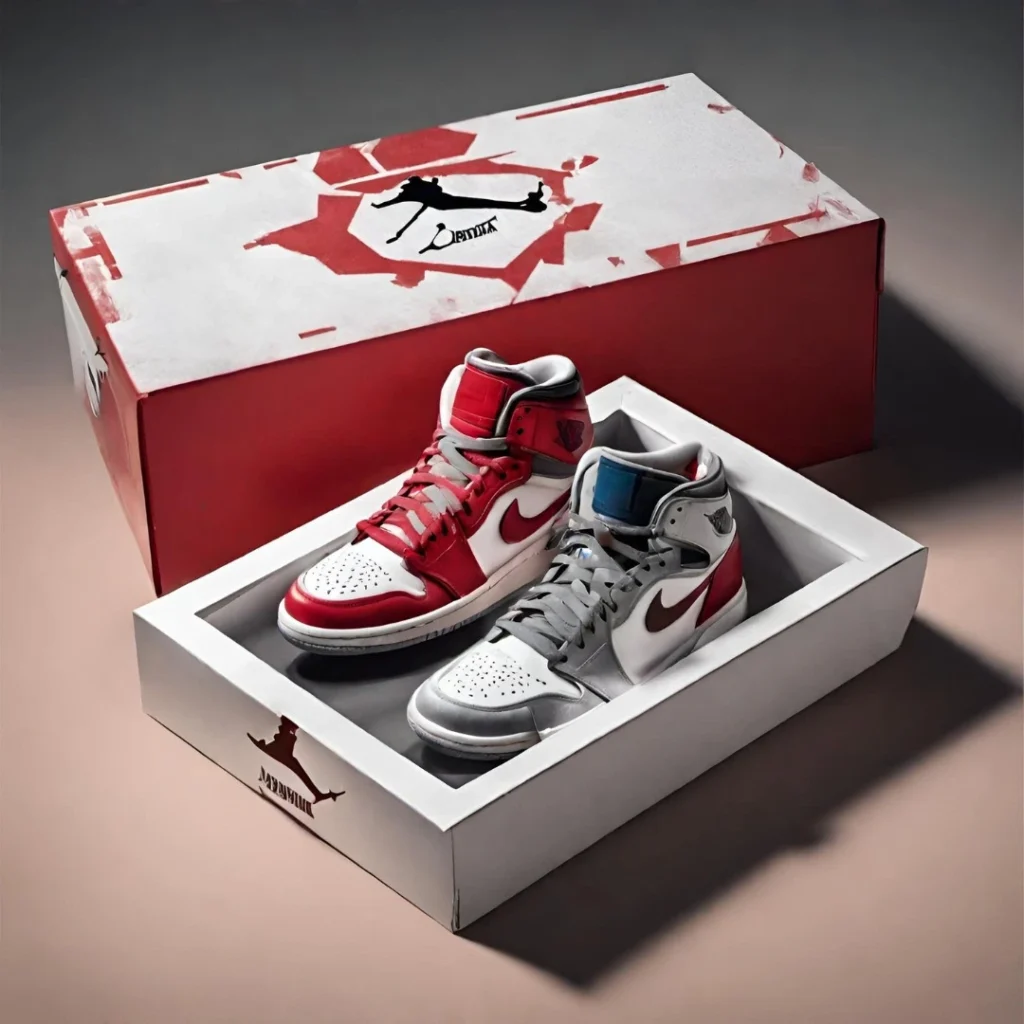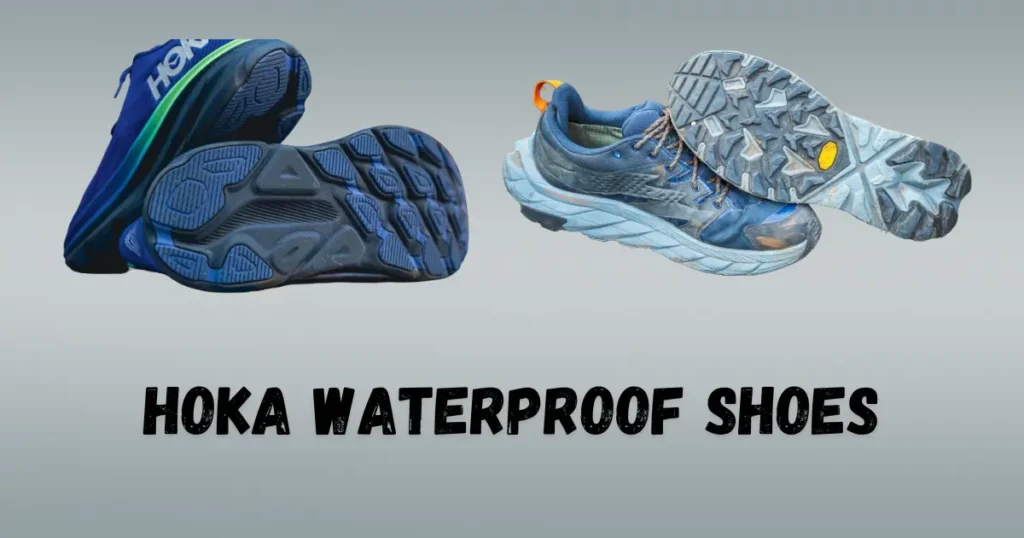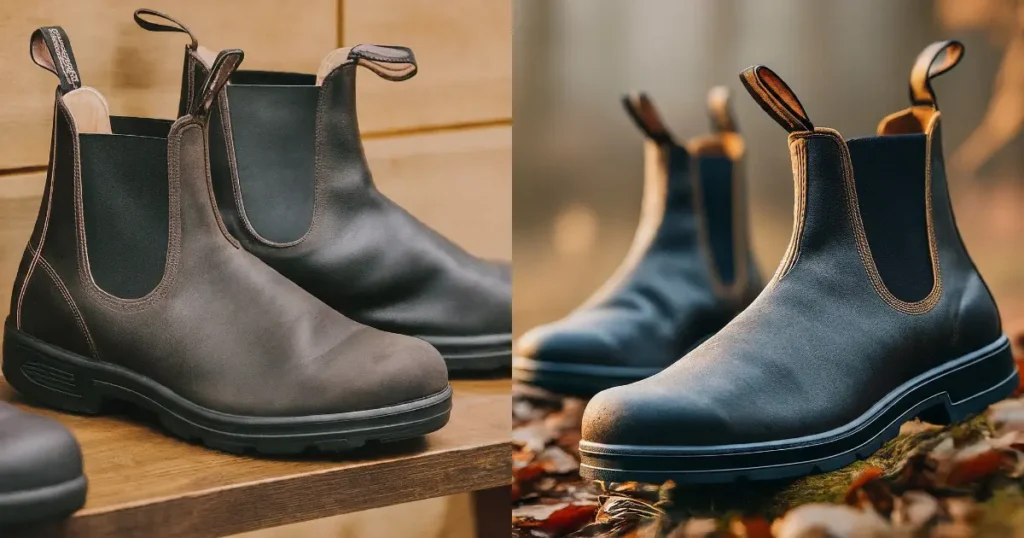How to make shoes non-slip is a common problem in daily life. You may live in an area that gets a lot of rain and snow, work in a mountainous area, or just hold on to your old shoes. If you fit into any of these situations, making your shoes slip-proof is important and beneficial.
Slippery shoes can be a real hazard, leading to accidents and injuries. If you work in a restaurant, hospital, or any other place that requires non-slip shoes, it’s important to know how to make your shoes non-slip. In this article, we are going to explore different methods and products that can help improve the wear resistance of your shoes.
The following steps can improve safety and reduce the risk of slips and falls. Let’s dive in and learn how to make your shoes safer and more secure on any surface.
Understanding slip resistance
Slip resistance is a key factor to regarding safety in various environments. Whether it’s a workplace, public space, or even your own home, knowing about slip resistance can help prevent accidents and injuries. This guide’ll explain slip resistance in easy-to-understand language, empowering you to make informed decisions and take the proper precautions.
What is slip resistance?
Slip resistance is the ability of a surface to provide enough friction or grip to prevent slipping. It is measured by the coefficient of friction (COF), which indicates the force required to move an object across a surface. Surfaces with higher COF values offer better slip resistance and are less likely to cause accidents.
What Makes Shoes Non-Slip?
Traction force affects a shoe’s ability to resist slipping. Understanding what makes shoes less slippery is the first step in making shoes non-slip.
I know the solution:
Material
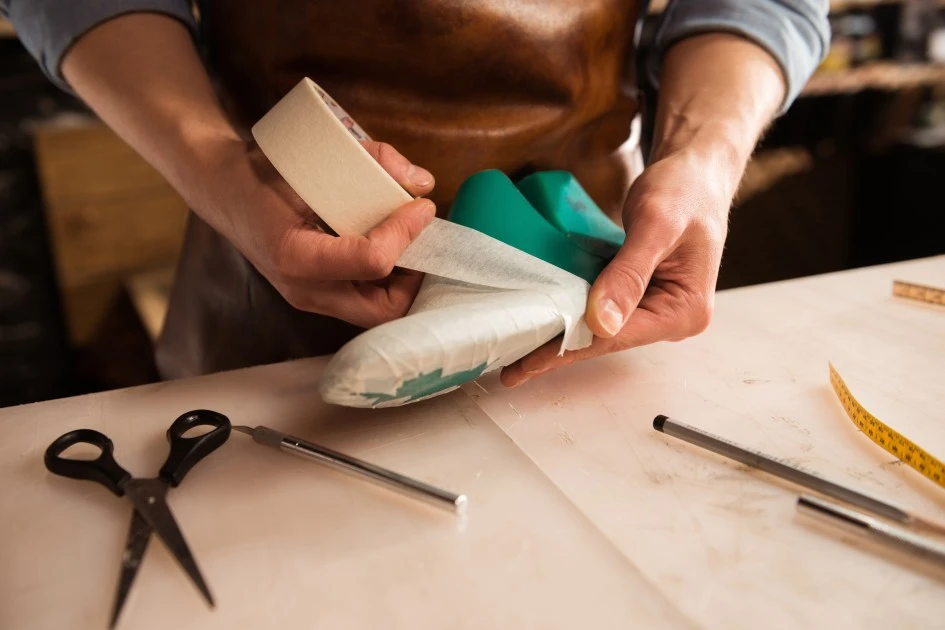
Rubber is the most preferred material for non-slip shoes. It often provides the best grip for rubber soles on smooth, flat surfaces because it is sticky and impermeable.
Snapped-sole serrated boots are the best option if you need excellent grip in unique conditions, such as snowy airplanes.
Design
Any non-slip shoe must have a non-slip tread pattern on its sole. The sole is non-slip, which prevents water from pooling there. In addition, it needs to be gripped to the floor even when it is slippery or greasy.
The soles of shoes from companies like Vans have a tread, a set of circles, and tablets running through them, which makes them non-slip. Increases the bond between the shoe and the ground by preventing grease and water from sticking to the shoe.
How to make non-slip shoes?
Here are some tips to keep your shoes from slipping, and I’ve ranked them in order of difficulty, from easiest to hardest.
1. Use grip pads.
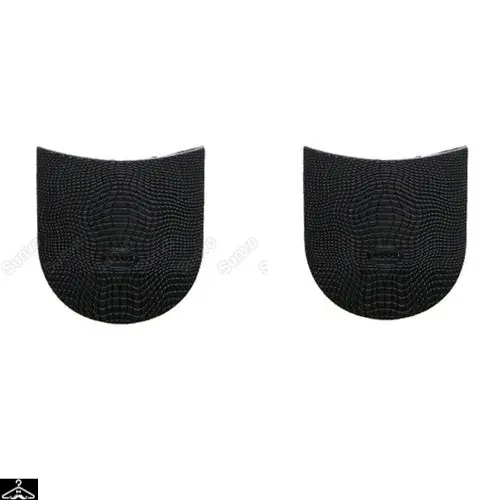
These small non-slip pads easily stick to the shoe’s sole and provide a good grip. It requires no changes to your sole structure and is suitable for new and old shoes.
The correct way to use a grip pad is to:
- Clean the sole of the shoe and wait for it to dry.
- Remove the grip pad’s transparent plastic coating.
- Place the grip pads on the outsole of the shoe towards the back and the toe grip towards the front.
- Press the pad firmly against the shoe for a few minutes.
- Leave the adhesive on for 24 hours before wearing your shoes.
2. Use a Traction Spray.
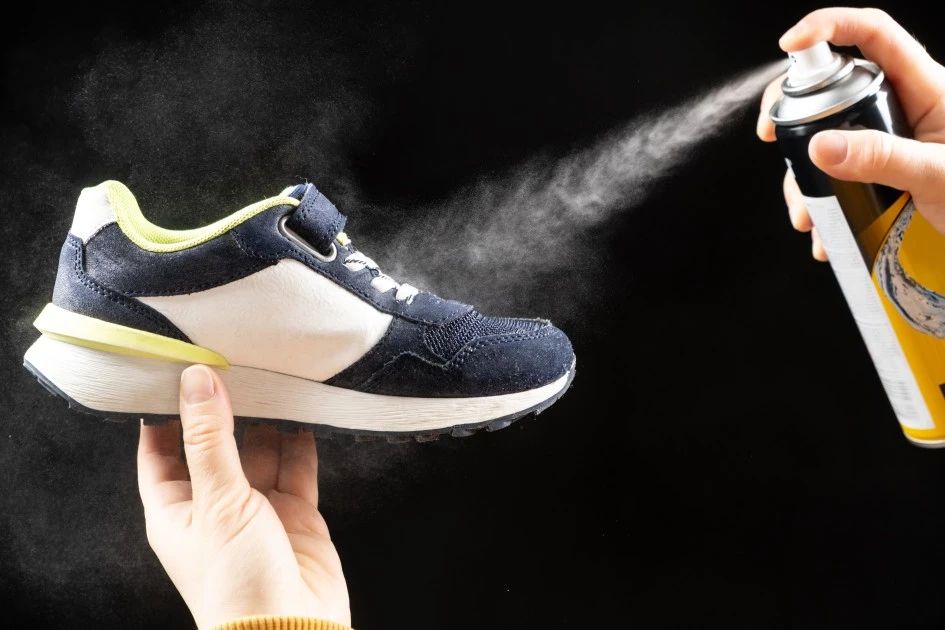
Using this spray on the bottoms of your shoes works just like a grip pad. It is designed to be sprayed onto the shoe’s base to prevent it from slipping.
If you’re on a tight budget, this is a good choice because the spray bottle can be used multiple times.
Here’s how to use Traction Spray:
- Clean the bottom of the shoe with a cloth and rubbing alcohol.
- Spray the base of the shoe with traction spray.
- Please leave it to dry for three hours before putting on the shoes.
3.Use masking tape.
Adhesive tape has several uses, including treating cuts and giving shoes stronger traction. It is accessible and easy to use in practically every home.
This is an easy and inexpensive way to make shoes non-slip.
This technique should be applied properly:
- After using rubbing alcohol to clean the sole, allow it to dry.
- Stick the adhesive pad to the bottom of the shoe after removing the cover.
- Press firmly in each area to guarantee the strip does not come off easily.
- Before using the shoe, wait a few hours to ensure the glue is set securely.
4.Use an ice grip.
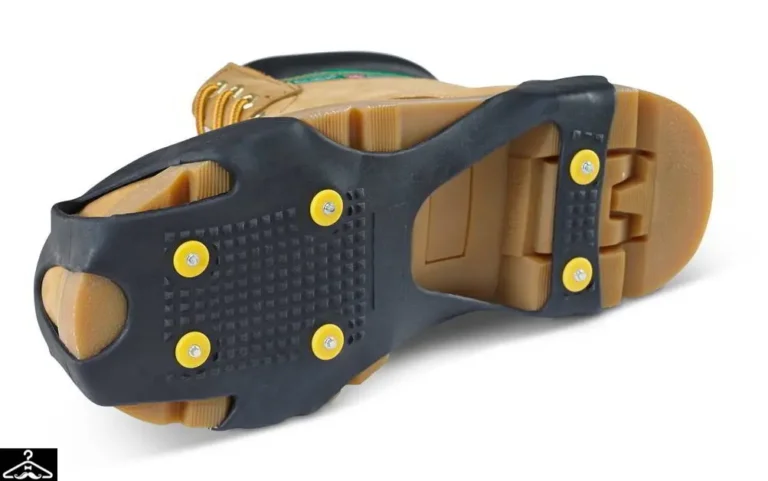
Are any extreme conditions like frozen and hard ground, bumpy mountain roads, or muddy ground? Ice Grip is your best choice!
Its TPE material and iron rivets are able to give you excellent anti-skid performance while remaining durable.
The correct way to use an ice grab is:
- Place the toe cap in the front slit.
- Raise the heel to fit your shoes.
- Thread the Velcro through the other side of the straps and tighten.
5.Use salt and rubber glue.
Salt mixed with rubber glue creates a grainy texture. Applying it to the shoe’s sole will grip the smooth surface very well.
Rubber glue is readily available on Amazon and a bottle of glue can be used multiple times.
Here’s how to use rubber glue:
- Use rubbing alcohol to clean shoes and let them air dry completely.
- Add a few grains of salt to the rubber gum.
- Put some of the mixture on your shoes’ soles..
- Please leave it to dry well before wearing it.
6. Replaceable, Non-Slip Sole
The bottoms of your previous shoes are already badly damaged, and a non-slip sole will suffice in their place.
You can benefit from changing the soles in two ways: Your shoes will be more slippery and last longer.
How to use the alternate singular correctly:
- Place the shoe’s sole on the non-slip sticker and trace it in pencil.
- Use scissors to cut along the outline.
- While the surface is rough and sensitive, non-slip stickers should be polished with a wood file.
- A rough sole with a wood file should be polished to make it easier to follow.
- Distribute the glue evenly on the pads, one by one.
- Press firmly when aligning the non-slip sole pad with the sole of the shoe.
- Use scissors to cut off the excess edges.
- Use a wood file to make the edges smooth and appealing after pasting.
- If you are concerned about gaps in the edges, you can add a small amount of glue to seal the edges.
7. Apply Hot Glue.
Hot Glue helps to make shoe slip resistance..
Also, you’ll need a hot glue gun if you don’t already have one.
How to Apply Hot Glue:
- Clean the bottom of your shoes using rubber alcohol.
- Turn on the glue gun and hold the glue stick until it gets hot.
- Create designs on the soles of the shoes using hot glue.
- Wait until the hot glue is dry.
- Put your shoes on and step on hard ground. This helps the hot glue adhere firmly to the shoe’s sole. Lean the bottom of your shoes using rubber heels.
- Turn on the glue gun and hold the glue stick until it gets hot.
- Use hot glue to create designs on the soles of the shoes.
- Wait for the hot glue to dry.
- Put your shoes on and step on hard ground. This helps the hot glue’s ability to adhere firmly to the sole of the shoe.
8. Rusty soles
The soles of your shoes may have become flat from constant use and have lost their traction. You can lightly file your soles with a metal file to get the grip you need to prevent slips and falls.
Avoid losing too much material from the soles of your shoes when you rub them. Otherwise, the strength and durability of the shoe will be compromised.
How to wear scuff slippers correctly:
- The soles of your shoes should be thoroughly cleaned and allowed to dry completely.
- Hold on to your shoes.
- Pay attention to the sole of the shoe touching the ground.
- Rub until it scratches the smooth surface.
Also Read: How much do shoes weigh? Hasty Answer!
Frequently Asked Questions
How to make slip-resistant shoes for restaurants?
Vans or Converse slip-resistant shoes are ideal for use in restaurants, kitchens and other greasy, wet floors. You can often see waiters in restaurants with van shoes on their feet. If you don’t currently have pickup trucks, grip pads are your best bet for keeping grease and water off restaurant floors, and they’re easy to use.
How can I keep my shoes from slipping on snow?
Without a doubt, the answer is Ice Grips. Their TPE material and iron studs provide better traction, grip, flexibility, and tear resistance to ensure a stable footing and reduce the risk of injury from falls or slips. Suitable for use in snowy, icy and slippery conditions.
How to reduce heel slippage?
Because high heels have a much smaller surface area than flat shoes, heels can be very slippery. The best way to reduce heel slippage is to use a grip pad on the ball of the foot and then apply hot glue to the heel.
What do we put on the bottom of shoes to prevent slipping?
Following the tips I mentioned above, applying grip pads, traction spray, adhesive tape, and rubber glue to the bottom of the shoe can stop the shoe from slipping.
How do you add traction to a shoe?
Adding traction to the bottom of the shoe is the best possible solution to prevent slipping. Please try the method I mentioned above and you will be able to solve the problem.
How to make non-slip tennis shoes?
Tennis shoes require a high level of athletic slip resistance, and high quality tennis shoes are slip resistant. If they aren’t slip-resistant, consider buying a new pair or scuffing up the sole to extend the life of your tennis shoes.

